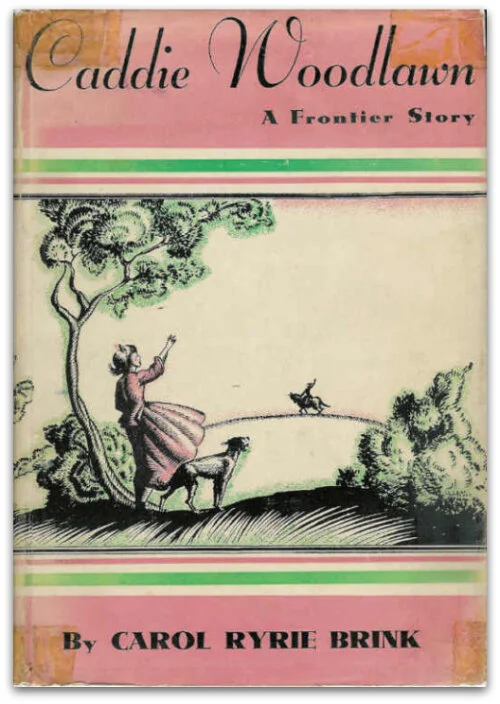Dobry (1935)
Everybody hates Dobry. On the one ranking of Newbery winners I can find online, it’s dead last. Not only that, its individual Goodreads rating stands as the lowest of any Newbery winners, at a paltry 3.26. The individual reviews are, in short, completely eviscerating. What makes Dobry the worst of the worst?
For the life of me, I couldn’t tell you. Dobry isn’t exactly what I’d call an exciting novel, but it’s a simple, pleasurable tale about the simple pleasures of life. Not every children’s book needs decapitations to be memorable or exciting, and boy oh boy, is Dobry memorable. Take this passage:
“If only the gypsy bear would come he would have me better in no time,” Dobry said.
“Poof! The bear never bothers to massage little boys. He massages only the grandfathers, great-grandfathers, and people like that.”
“But I—I need him,” Dobry told her.
How are more people not into this? What if I told you that Dobry wanted the gypsy bear (literally a bear that travels with the gypsies) to “massage” him because he ate too many tomatoes and has a bellyache? These surreal scenarios continue throughout the book, and though most aren’t quite as exciting as a bear that travels the mountains to walk on old men’s backs, they’re still charming in a quaint, pastoral kind of way.
Dobry is about a young boy who falls in love with art and dreams of leaving his small Bulgarian mountain village for the big city. Fittingly so, the art in Dobry plays a more central role to the overall book than most other winners, skewing closest to The Cat Who Went to Heaven in structure if not design. Author Monica Shannon worked with renowned Bulgarian sculptor Atanas Katchamakoff as the illustrator, and apparently their connection was close to a true collaboration—not only did Katchamakoff illustrate the book, but some of the stories in Dobry were based on his childhood from Bulgaria. The drawings aren’t as elegant as many of those we’ve seen so far (Katchamakoff was a better sculptor than an illustrator, for sure), but they add an authenticity to the book that would have otherwise been lacking.
As charmed as I was by Dobry, it’s a slight work. There’s no big ambition here, just a tale well told of a boy becoming a man. I don’t see it ranking near the top of my list when this is all said and done, but it’s nowhere near the bottom of the pile so far. We’ll always have the gypsy bear to remember him by.



